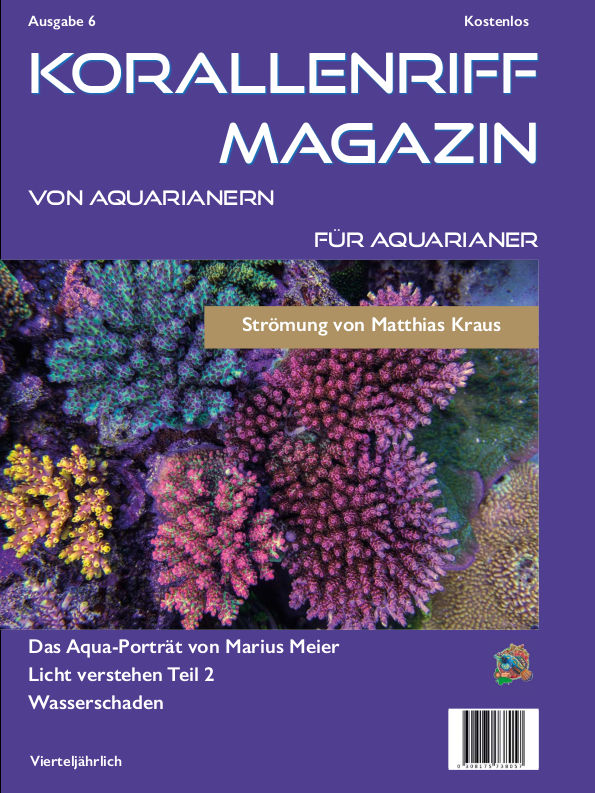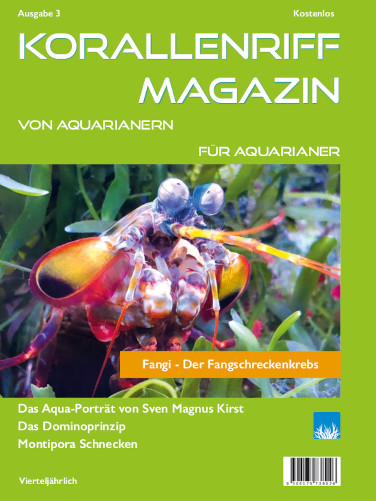Info
An easy to care for fish that acclimates quickly and will go to almost any food. The cleaner wrasse is extremely important for the fish community!
According to new findings, it is wonderful to see how two cleaner wrasses behave. They greet each other delightedly every day, so it is fun to watch them. The problem should be getting males and females. As they get older they all become males and then it's stress.
Hint:
It can, however, sometimes go after mussels and damage them by biting into the shell lobes.
Caution:
Please be very attentive when buying, so that it is not a wrong purchase, because the blue stripe cleaner wrasse can easily be confused with false cleaner wrasse (Aspidontus taeniatus). The false cleaner wrasse likes to bite small pieces of flesh out of fish.
Synonyms:
Cossyphus dimidiatus Valenciennes, 1839
Labroides dimidatus (Valenciennes, 1839)
Jumping guard
A jumping guard prevents (nocturnal) fish from jumping out.
Wrasses, blennies, hawkfishs and gobies jump out of an unprotected tank in fright if their night rest is disturbed, unfortunately these jumpers are found dried up in the morning on carpets, glass edges or later behind the tank.
https://www.korallenriff.de/en/article/1925_5_Jump_Protection_Solutions_for_Fish_in_the_Aquarium__5_Net_Covers.html
A small night light also helps, as it provides the fish with a means of orientation in the dark!







 Richard und Mary Field, Malta
Richard und Mary Field, Malta
































